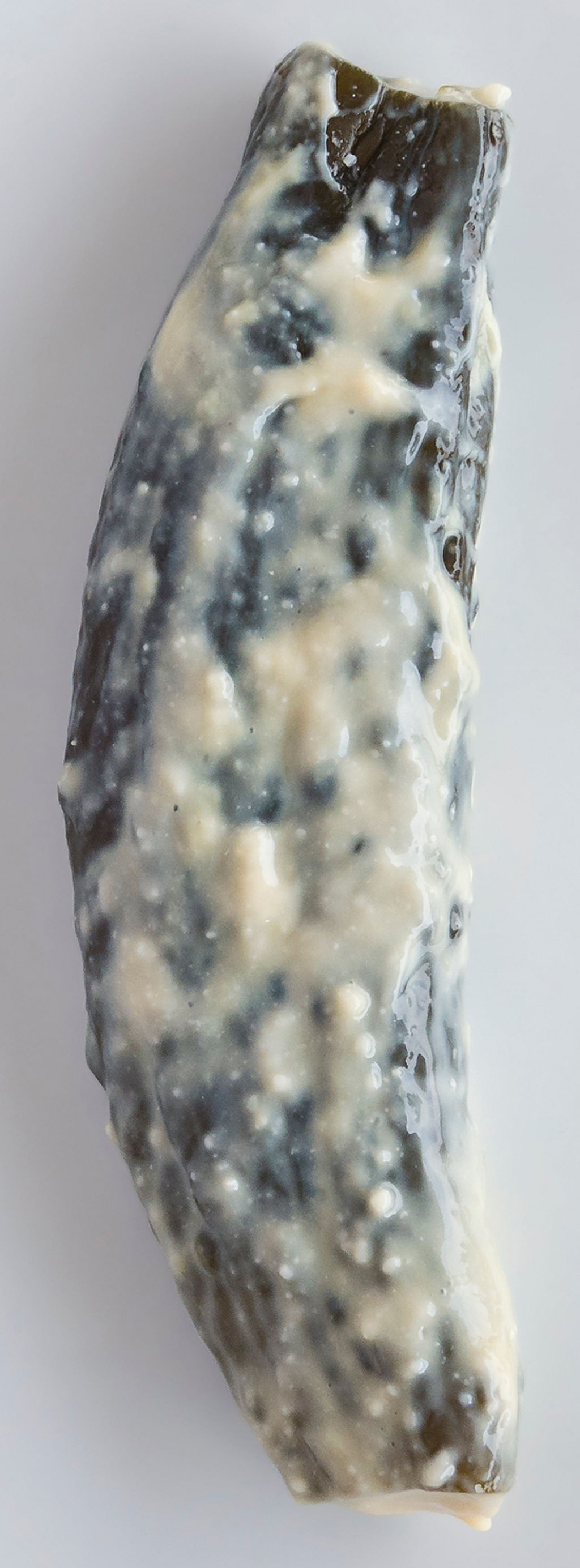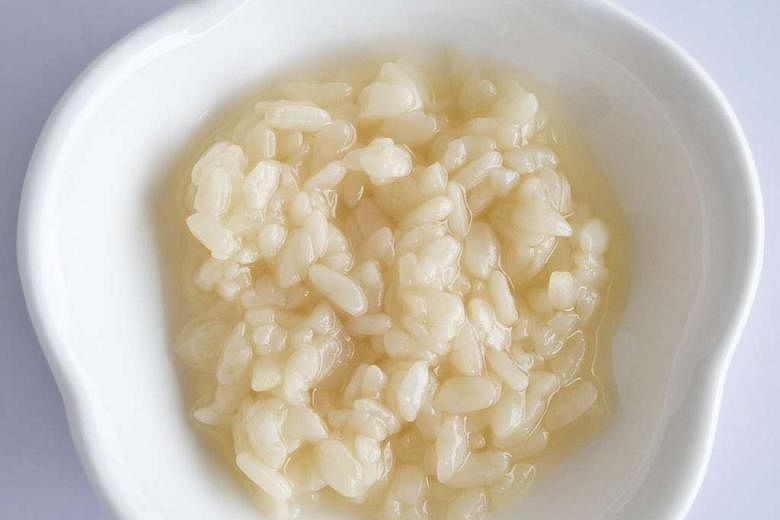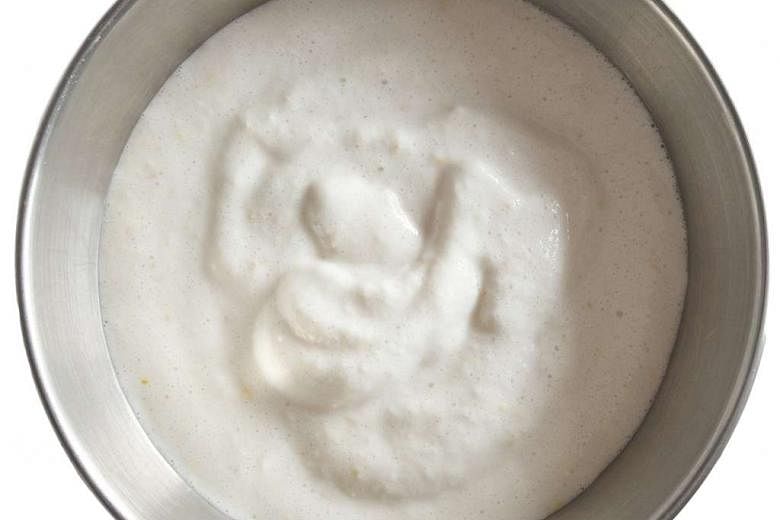Rice is more than a plain staple. Fermenting it brings out marvellous flavour. This week, a guide to Asian fermented rice delicacies.
• Jiuniang: This is cooked white glutinous rice fermented with wine yeast until the microbial breakdown of the rice starch forms a sweet, faintly boozy liquid bath. The rice and liquid are eaten together as a dessert soup, often flavoured with wolfberries or osmanthus. Sold in jars at stores such as Yue Hwa.
• Tapai pulut: A less wet, more pudding-like Malay cousin of jiuniang, made by fermenting cooked white glutinous rice with powdered ragi yeast until moist, sweet and fragrant. It may be leaf-wrapped to add aroma and help regulate the fermentation.
• Inoculated rice: Cooked rice is mixed with wild or cultured fungus spores, which grow into a layer coating the grains. This product, called koji in Japanese and qu in Chinese, can then be used as a kickstarter or substrate for many kinds of further fermentation, including soya sauce, miso, natto, rice wine and vinegar. It is not commonly available, but is sometimes sold in dried form online or in health food stores.
• Shio koji : Salted koji paste has recently become trendy in Japan. Used to marinate, season or dress meats, seafood and vegetables, it imparts little distinct taste of its own, but its intensely salty, umami (savoury) and sweet nuances broadly enhance the natural flavours of whatever it touches. Sold in Japanese supermarkets.
• Red rice wine lees : This is glutinous rice fermented with qu bearing a fungus which produces a red pigment and is a co-product of red rice wine. Once the finished wine is strained off, the lees is used as a seasoning and natural colouring, for example in Foochow braised chicken. It is sweet, earthy and floral in fragrance. Buy it at Chinese goods stores. It is often translated as "red vinasse" or "distiller's grains" on Chinese menus.

• Sake lees : When fermented sake mash is pressed to extract the finished sake, the lees, or kasu, is left behind as compressed sheets. Mild-tasting and sake-scented, it can be used as a seasoning, marinade ingredient or pickling base. Also shown here is a sake lees-pickled cucumber. Look for frozen or chilled kasu in Japanese supermarkets.
• Kanom jeen : Fresh, soft Thai rice noodles. Soaked raw rice is fermented until mildly sour and aromatic, milled into a paste, pressed to remove excess water, then partly cooked. The resulting dough is extruded into thin noodles, blanched in boiling water, then drained and packed. Typically served with a sauce or curry and assorted garnishes. Sold at Thai shops such as those in Golden Mile Complex.
• Fermented rice batter : In southern India, parboiled dried rice grains are soaked for a few hours with dal and fenugreek seeds, then ground into a thick batter and fermented until bubbly and aerated. Variations on such a batter are made into breads such as dosais (pan-fried crepes) and paniyaram (pancake puffs). Stores such as Mustafa Centre and Indian groceries sell ready-made vacuum-packed chilled batter for cooks to fry up or steam at home.
• Balao-balao : Also called buro, this Filipino condiment is cooked rice fermented with salt and raw shrimp into a tangy, creamy paste. It is reminiscent of cincaluk, but is made with a higher ratio of rice to seafood, and having a more lactic, rather cheese-like aroma. Usually sauteed in oil with aromatics such as garlic and onion, then served as an appetiser or main dish. Sold in jars in Filipino groceries.







